Home>Garden Essentials>How To Redo Front Landscaping
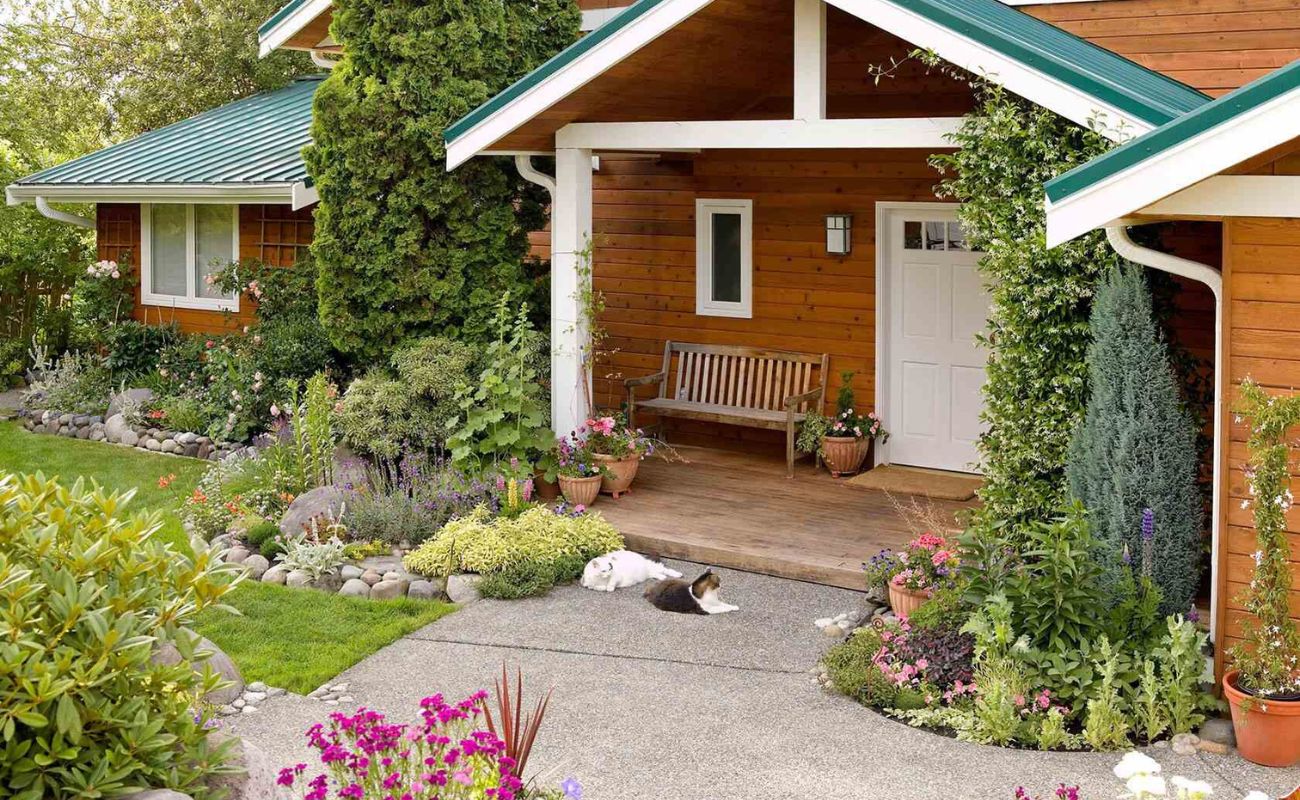

Garden Essentials
How To Redo Front Landscaping
Modified: October 27, 2024
Learn how to transform your front landscaping with these garden redesign ideas. Create a beautiful and inviting outdoor space with our expert tips and techniques.
(Many of the links in this article redirect to a specific reviewed product. Your purchase of these products through affiliate links helps to generate commission for Storables.com, at no extra cost. Learn more)
Introduction
Welcome to the world of landscaping! Whether you are a seasoned gardener looking to revamp your front yard or a beginner trying their hand at landscaping for the first time, this article is here to guide you through the process of redoing your front landscaping. Your front yard is the first impression visitors have of your home, so it’s important to create a welcoming and visually appealing space. By following the steps outlined in this article, you’ll be able to transform your front yard into a stunning oasis that you can be proud of.
Redoing your front landscaping is an exciting project that allows you to unleash your creativity and showcase your personal style. It’s an opportunity to create a space that reflects your preferences, maximizes the appeal of your home, and enhances the overall curb appeal. Whether you’re looking to create a serene and tranquil haven, a vibrant and colorful garden, or a low-maintenance landscape, there are endless possibilities to explore.
Before diving into the process of redoing your front landscaping, take a step back and assess the current state of your front yard. Consider which aspects of your landscape you like and want to keep, as well as the elements that you’d like to change or remove. This initial evaluation will help you define your goals and set a clear direction for your project.
Designing a new landscape requires careful planning and consideration. Start by setting goals for your front yard. Think about the function you want it to serve and the desired aesthetic you want to achieve. Do you envision a cozy seating area, a lush garden, or a modern and minimalistic design? Understanding your goals will guide the choices you make during the design process.
Once you have a clear vision for your front yard, it’s time to start removing any existing plants or structures that no longer fit your desired design. This step will provide a blank canvas to work with and allow you to fully implement your new landscaping ideas. Be mindful of proper removal techniques and safety precautions to avoid any damage to your property.
After clearing out the old, it’s time to prepare the soil for the new plants. This involves improving soil quality by adding organic matter, aerating the soil, and ensuring proper drainage. Healthy soil is the foundation for a thriving garden, so give it the attention it needs to support the growth of your new plants.
Choosing the right plants for your front yard is a crucial step in your landscaping project. Consider factors such as sunlight exposure, soil type, and climate when selecting plants that are well-suited to thrive in your specific location. Aim for a mix of flowering plants, shrubs, and trees to add depth and variety to your landscape.
Incorporating hardscape features, such as pathways, garden structures, and outdoor lighting, can add functionality and aesthetics to your front yard. These features can enhance the overall design, create focal points, and improve the accessibility of your outdoor space.
Finally, implementing a regular maintenance routine is essential to keep your newly redone front landscaping looking pristine. Regular watering, pruning, and fertilizing will help your plants flourish, while consistent cleaning and tidying will keep your front yard inviting and well-maintained.
Redoing your front landscaping is a rewarding journey that allows you to express your creativity, enhance your home’s curb appeal, and create a beautiful outdoor space. So, roll up your sleeves, put on your gardening gloves, and let’s dive into the process of transforming your front yard into a stunning masterpiece.
Key Takeaways:
- Revamping your front yard involves assessing, designing, and implementing new plants and hardscape features. Regular maintenance ensures a vibrant and welcoming outdoor space that reflects your style and enhances your home’s curb appeal.
- By setting clear goals, selecting the right plants, and incorporating hardscape elements, you can create a stunning front yard. Regular watering, pruning, and tidying will keep your newly redone front landscaping looking pristine.
Read more: How To Redo A Front Porch
Assessing the Current Landscape
Before embarking on your front landscaping project, it’s essential to assess the current state of your front yard. This evaluation will help you understand what aspects of your landscape you like and want to keep, as well as identify the elements that you’d like to change or remove.
Start by taking a walk around your front yard and observing the existing plants, structures, and overall layout. Pay attention to the condition of the plants, their placement, and whether they complement each other. Consider if there are any trees or shrubs that have overgrown their designated space, blocking pathways or obstructing the view of your home.
Take note of any structures or hardscape features, such as fences, walls, or seating areas. Assess their condition and functionality. Determine if they fit within your desired design aesthetic or if they need to be replaced or updated.
Consider the overall flow and layout of your front yard. Are there areas that feel cramped or cluttered? Are there open spaces that could benefit from additional plants or focal points? Evaluate the balance and symmetry of your landscape and determine if any adjustments need to be made.
Next, analyze the condition of your soil. Is it compacted and lacking in nutrients? Is it well-draining or prone to waterlogging? Understanding the composition of your soil will help you choose the appropriate plants and make necessary improvements to promote healthy growth.
Take into account the lighting conditions in your front yard. Observe which areas receive full sun, partial shade, or full shade throughout the day. Note any areas where shade may be cast by buildings or trees. This will guide your plant selection process, as different plants have varying light requirements.
Lastly, consider the climate and weather patterns in your area. Determine if your front yard is susceptible to heavy rain, frequent wind, frost, or extreme temperatures. Understanding the climatic conditions will help you select plants that are hardy and can thrive in your specific climate.
Throughout the assessment process, make a list of the elements that you are satisfied with and would like to keep, as well as the areas that need improvement or complete removal. This will serve as a starting point for your front landscaping project and help you refine your goals and design plans.
Remember, assessing the current landscape is not only about identifying the areas that need improvement but also recognizing the strengths and unique aspects of your front yard. By building upon these existing features, you can ensure a harmonious and cohesive design that reflects your personal style and enhances the overall curb appeal of your home.
Setting Goals and Designing the New Landscape
With a clear understanding of the current state of your front yard, it’s time to set goals and design the new landscape. This step is crucial in creating a cohesive and visually appealing outdoor space that aligns with your preferences and enhances the overall curb appeal of your home.
Start by defining your goals for the front yard. Think about the function you want it to serve and the aesthetic you want to achieve. Consider whether you want a space for relaxation, entertaining guests, or showcasing beautiful plants. Determine if you prefer a formal or informal design style, a modern or traditional look, or a specific theme that reflects your personal taste.
Take inspiration from various sources, such as gardening magazines, online platforms, or even other landscaped yards in your neighborhood. Collect images and ideas that resonate with you and that can serve as a reference point during the design process. This will help you create a vision board or mood board that captures your desired style.
Consider the overall layout and structure of your front yard. Think about how you want to divide the space into different areas, such as a welcoming entrance, a seating area, or a focal point. Determine if you want to create paths or walkways that guide visitors through the landscape or connect different parts of the front yard.
Pay attention to the flow and balance of your design. Ensure that elements are placed in a way that creates a sense of harmony and visual interest. Consider the use of symmetry and repetition to create a cohesive look.
When selecting plants for your new landscape, keep in mind the specific needs of each plant in terms of sunlight, soil, and water requirements. Choose a variety of plants that will provide year-round interest, considering their seasonal colors, textures, and foliage. Strive for a balance between flowering plants, evergreens, and shrubs to create depth and variety in your design.
Think about incorporating hardscape elements to enhance the functionality and aesthetics of your front yard. This could include features such as pathways, patios, seating areas, or decorative structures. Consider materials that complement your overall design, such as natural stone, pavers, or wood.
Another important factor to consider is sustainability and environmental impact. Opt for native or drought-tolerant plants that require less water and maintenance. Incorporate eco-friendly practices, such as rainwater harvesting or the use of organic fertilizers and pest control methods.
Once you’ve defined your goals and envisioned your new landscape, it’s time to put your ideas on paper. Create a rough sketch or use online design tools to visualize your design and make adjustments as needed. Consider the scale and dimensions of your design to ensure that it fits within your available space.
Remember that designing your new landscape is a creative process, and it’s okay to experiment and make changes along the way. Be open to new ideas and be willing to adapt your design if necessary.
By setting clear goals and carefully designing your new landscape, you’ll create a front yard that not only enhances the aesthetic appeal of your home but also provides a functional and enjoyable outdoor space for you and your guests to enjoy.
Removing Existing Plants and Structures
Now that you have assessed the current state of your front yard and designed your new landscape, it’s time to roll up your sleeves and start the transformation process. The first step in this journey is removing any existing plants and structures that no longer fit your design vision.
Begin by identifying the plants that you want to remove. This may include overgrown shrubs, diseased or pest-infested plants, or those that simply don’t align with your new design aesthetic. Use pruning shears, loppers, or a small saw, depending on the size and thickness of the branches, to carefully cut back and remove each plant. Be mindful of any underground roots and use a shovel or garden fork to dig out the root ball, ensuring complete removal.
Dispose of the plants responsibly. You can consider composting green waste or contacting your local recycling center for options on disposing of plants. If some plants are still healthy and in good condition, you may also consider donating them to another gardener or a plant exchange program.
Next, turn your attention to any structures that need to be removed or replaced. This may include fences, pergolas, trellises, or garden structures that no longer fit your desired design aesthetic. Use appropriate tools, such as a pry bar, hammer, or saw, to carefully dismantle and remove the structures. Ensure proper safety precautions while working with tools and handling heavy materials.
If you encounter any challenges during the removal process, such as stubborn roots or rusty bolts, don’t hesitate to seek professional help. Tree removal services or landscape contractors can assist with more complex removal tasks and ensure the safe and efficient removal of unwanted plants and structures.
As you remove plants and structures, take the opportunity to evaluate the health and condition of your soil. Look for signs of compacted soil, poor drainage, or nutrient deficiencies. This is an ideal time to amend the soil by adding organic matter, such as compost or well-rotted manure, to improve its quality and fertility. Work the amendments into the soil using a garden fork or tiller.
Removing existing plants and structures provides a blank canvas for your new landscape. It allows you to start fresh and fully implement your design ideas. Take this opportunity to clean up the area, removing any debris or leftover materials, and create a clean and organized space ready for the next steps in your front landscaping project.
Remember to take your time, work safely, and enlist help if needed. Removing existing plants and structures may be labor-intensive, but it’s an essential step in creating a beautiful and cohesive front yard that reflects your design vision and enhances the overall curb appeal of your home.
Preparing the Soil
The success of your front landscaping project depends on the health and quality of the soil in your front yard. Preparing the soil is a crucial step in creating a thriving and vibrant landscape. By providing a nutrient-rich and well-drained environment for your new plants, you’ll set the foundation for their growth and long-term success.
Start by removing any remaining debris, rocks, or weeds from the soil. This will help create a clean and clear space for your plants to grow. Use a garden rake or hoe to gently break up the top layer of soil and remove any surface-level weeds or grass.
After clearing the surface, it’s time to improve the soil structure and fertility. Adding organic matter, such as compost, well-rotted manure, or leaf mold, is one of the most effective ways to enrich the soil. Organic matter provides essential nutrients, improves soil structure, promotes moisture retention, and encourages beneficial microbial activity.
Spread a layer of organic matter over the entire area of your front yard. Aim for a thickness of about 2 to 3 inches. Use a garden fork or tiller to work the organic matter into the soil. This helps break up any compacted soil and ensures that the organic matter is evenly distributed throughout.
Once the organic matter is incorporated, assess the drainage of the soil. Poor drainage can lead to waterlogging and root rot, which can be detrimental to the health of your plants. To improve drainage, consider adding coarse materials such as sand or vermiculite to the soil. This helps create air pockets and allows excess water to drain away more effectively.
If your soil is heavy clay, adding gypsum can help break up the clay particles and improve soil structure. Follow the instructions on the package for proper application. For excessively sandy soil, adding organic matter and compost can help improve water retention and provide more nutrients for plant growth.
Once you have prepared the soil, take the time to test its pH level. Most plants prefer a slightly acidic to neutral pH range. You can purchase a soil testing kit from a garden center or use a pH meter to determine the pH of your soil. If necessary, make adjustments to the pH by adding lime to raise the pH or sulfur to lower it. Aim for a pH level that is suitable for the specific plants you plan to grow.
Before moving on to the next step of planting, give the soil time to settle and stabilize. Water the area lightly to help the amendments integrate with the existing soil and encourage beneficial microbial activity. Allow a few days for the soil to settle before proceeding with planting.
Preparing the soil is a fundamental step in creating a successful front landscape. It provides a nutrient-rich and well-drained environment for your plants to thrive. By putting in the effort to prepare the soil properly, you’ll lay the groundwork for a beautiful and healthy front yard that will bring joy and beauty to your home for years to come.
Consider the climate and soil conditions in your area when choosing plants for your front landscaping. Select low-maintenance plants that are suited to your region for a beautiful and sustainable garden.
Read more: How To Redo Fireplace
Choosing and Installing New Plants
Choosing and installing new plants is one of the most exciting aspects of redoing your front landscaping. It’s an opportunity to infuse color, texture, and life into your outdoor space. By selecting the right plants and properly installing them, you’ll create a vibrant and visually stunning front yard that will be the envy of the neighborhood.
When choosing plants for your front yard, consider the specific requirements of each species. Take into account factors such as sunlight exposure, soil type, and climate conditions in your area. Determine if your front yard receives full sun, partial shade, or full shade throughout the day. Consider if there are any areas where shade is cast by buildings or trees. This information will help you select plants that are well-suited to thrive in your specific location.
Consider the desired height, spread, and growth habit of the plants. This will help you plan their placement in the landscape, ensuring that they have enough space to grow and thrive without overcrowding each other or nearby structures.
Creating a variety in your plant selection is key to adding interest and visual appeal to your front yard. Incorporate a mix of flowering plants, evergreens, shrubs, and trees to provide year-round color and texture. Choose plants with different bloom times to ensure continuous blooms throughout the growing season.
Think about the color palette you want to achieve in your front yard. Do you prefer a vibrant and bold color scheme, or do you prefer a more serene and pastel palette? Consider how different colors will complement or contrast with each other and with the exterior of your home.
Pay attention to the maintenance requirements of the plants you choose. Some plants may require regular pruning, deadheading, or fertilizing, while others may be more low-maintenance. Consider the amount of time and effort you are willing to invest in taking care of your plants and choose accordingly.
Once you have selected your plants, it’s time to prepare for their installation. Start by digging the planting holes. The size of the hole should be slightly larger than the root ball of the plant. Loosen the soil in the planting hole to encourage root development and ensure proper drainage.
Gently remove the plant from its container, being mindful of the fragile roots. Place the plant in the center of the hole, making sure it is level with the surrounding soil. Backfill the hole with the amended soil, gently firming it around the roots. Water the plant thoroughly after planting to help settle the soil and eliminate air pockets.
Space the plants according to their mature size, ensuring that they have enough room to grow and spread. Consider their height, spread, and growth habits to create a visually appealing arrangement that allows each plant to shine.
Mulching around the base of the plants is essential to help conserve moisture, suppress weed growth, and maintain a consistent soil temperature. Apply a layer of organic mulch, such as wood chips or bark, around the base of each plant, taking care not to bury the stems or trunk.
Water your newly planted plants regularly, especially during the establishment period. Pay attention to the individual watering needs of each plant. Some may require more frequent watering, while others may prefer a drier soil. Adjust your watering schedule accordingly.
Choosing and installing new plants is a fun and rewarding part of your front landscaping project. With careful consideration of the plant requirements and proper installation techniques, you’ll create a stunning front yard that bursts with color, texture, and life.
Adding Hardscape Features
Hardscape features are the non-plant elements that can add functionality, structure, and visual interest to your front yard. Whether you’re looking to create a pathway, a seating area, or a focal point, incorporating hardscape features can elevate the design of your landscape. Here are some ideas to consider when adding hardscape features to your front yard.
Pathways: Pathways serve both practical and aesthetic purposes in your front yard. They can guide visitors through your landscape, create a sense of flow, and enhance the accessibility of your outdoor space. Choose materials that complement your overall design and the architecture of your home. Options include natural stone, pavers, gravel, or concrete.
Seating Areas: If you have the space, consider incorporating a seating area in your front yard. This provides a cozy and inviting spot for relaxation and socializing. Install a bench, a set of chairs and a table, or even a built-in seating area. Ensure that the seating area is positioned to take advantage of the views and natural focal points in your front yard.
Garden Structures: Adding garden structures can add charm and character to your front yard. Consider installing an arbor, a pergola, or a trellis to create vertical interest and provide support for climbing vines or hanging plants. These structures can also serve as a focal point or a frame for an entryway.
Water Features: If you’re looking to create a soothing and tranquil atmosphere in your front yard, a water feature can be a great addition. This could be a small fountain, a birdbath, or even a pond. Determine the right scale and style that fits your space and overall design, and ensure proper installation and maintenance of the water feature.
Lighting: Outdoor lighting not only enhances the beauty of your front yard but also increases safety and security. Consider installing path lights to illuminate pathways and highlight key features, such as plants or architectural elements. Use spotlights to focus on focal points or garden structures. Solar-powered or low-voltage LED lights are eco-friendly options to consider.
Decorative Elements: Adding decorative elements can add personality and whimsy to your front yard. Consider incorporating sculptures, a wind chime, or colorful ceramic pots. Choose elements that reflect your personal style and complement the overall design of your landscape.
When adding hardscape features, it’s important to ensure that they harmonize with the surrounding plants and structures. Consider proportion, scale, and materials to create a cohesive and balanced design. Remember that hardscape features should enhance the natural beauty of your front yard and not compete with or overpower it.
Before installing any hardscape features, always consult local regulations and obtain any necessary permits. It’s also a good idea to seek professional assistance for complex installations or if you’re unsure about proper construction techniques.
Add the finishing touches to your hardscape features by integrating them with appropriate plantings. Soften hard edges with cascading plants or plant flowers around garden structures to create a seamless transition between the hardscape and the surrounding landscape.
Adding hardscape features to your front yard can elevate the overall design, create visual interest, and provide practical functionality. With careful planning and attention to detail, you can transform your front yard into a stunning outdoor space that reflects your style and enhances the curb appeal of your home.
Implementing a Regular Maintenance Routine
Once you have completed the process of redoing your front landscaping, it’s important to implement a regular maintenance routine to keep your outdoor space looking beautiful and thriving. Regular maintenance not only ensures the longevity and health of your plants but also helps preserve the overall aesthetic appeal of your front yard. Here are some key aspects to consider when establishing a maintenance routine:
Watering: Proper watering is essential for the health and vitality of your plants. Take into account the specific watering needs of each plant, considering factors such as their type, size, and environmental conditions. Water deeply, allowing the water to penetrate the soil and reach the roots. Avoid frequent shallow watering, as it can lead to shallow root growth and water stress.
Pruning and Trimming: Regular pruning and trimming help maintain the shape, size, and overall health of your plants. Remove dead, diseased, or damaged branches to prevent the spread of pests and diseases. Prune back overgrown shrubs or trees to maintain their shape and improve air circulation. Trim hedges to promote dense growth and define their boundaries.
Weeding: Keep your front yard free from weeds by regularly pulling them out or using organic weed control methods. Weeds compete with your plants for sunlight, nutrients, and water. Regular weeding helps prevent them from taking over and choking out your desired plants.
Fertilizing: Provide necessary nutrients to your plants by incorporating a regular fertilization schedule. Choose the appropriate fertilizer based on the specific needs of your plants and the recommendations for your soil type. Be mindful of over-fertilization, as it can lead to excessive growth, weak plants, and environmental pollution. Follow the instructions on the fertilizer packaging and adjust the frequency and quantity accordingly.
Mulching: Maintain a layer of mulch around your plants to conserve moisture, suppress weed growth, and regulate soil temperature. Renew the mulch layer as needed, ensuring that it remains at a consistent depth and does not suffocate the plants or rest against the stems.
Pest and Disease Control: Monitor your plants regularly for any signs of pests or diseases. Identify the problem early and take appropriate measures to control and prevent its spread. This may include using organic pest control methods, such as neem oil or insecticidal soaps, or seeking professional assistance if needed.
Cleaning and Tidying: Keep your front yard neat and tidy by removing debris, fallen leaves, and other clutter. Regularly rake and remove dead leaves, trimmings, and spent flowers. This not only improves the overall appearance of your front yard but also reduces the risk of pests and diseases.
Seasonal Care: Be aware of the specific needs of your plants during different seasons. Adjust your maintenance routine accordingly and prepare your front yard for the changes in weather. This may involve winterizing certain plants, protecting them from frost, or providing additional care during extreme heat or drought conditions.
Regular Inspection: Take the time to regularly inspect your front yard for any signs of problems or maintenance needs. Look for signs of stress, disease, nutrient deficiencies, or any other issues that may affect the health and beauty of your plants. Early detection and intervention can prevent further damage and ensure prompt resolution.
By implementing a regular maintenance routine, you’ll be able to keep your front yard looking its best all year round. Consistency, observation, and care are key to maintaining a healthy and visually appealing landscape. Adjust your maintenance tasks based on the specific needs of your plants and environmental conditions. Remember, the effort you put into maintaining your front yard will be rewarded with a vibrant and thriving outdoor space that you can enjoy for years to come.
Conclusion
Congratulations on completing the process of redoing your front landscaping! You have transformed your front yard into a stunning oasis that reflects your personal style and enhances the curb appeal of your home. By following the steps outlined in this article, you have created a beautiful and inviting outdoor space that you can be proud of.
Throughout the process, you assessed the current state of your front yard, set goals, and carefully designed your new landscape. You removed existing plants and structures, prepared the soil, and selected and installed new plants that thrive in your specific climate and soil conditions.
You also added hardscape features to bring structure, functionality, and visual interest to your front yard. Whether it’s a pathway, seating area, or garden structure, these elements have elevated the overall design and created focal points for your outdoor space.
To ensure the long-term success of your front landscaping, you have implemented a regular maintenance routine. By watering, pruning, fertilizing, and taking care of the overall health of your plants, you will enjoy a vibrant and thriving front yard all year round.
Remember, your front yard is an extension of your home, and its beauty and vitality play a significant role in creating a welcoming atmosphere for both you and your guests. Take the time to enjoy and appreciate your newly redone front landscaping, and continue to nurture and care for it as it evolves and grows over time.
Don’t be afraid to experiment, try new plants, or make changes as your gardening skills and preferences evolve. The world of landscaping is a never-ending learning process, and your front yard is your canvas to express your creativity and showcase your gardening expertise.
Lastly, consider sharing your knowledge and passion for front landscaping with others. Whether it’s through gardening clubs, community events, or simply sharing tips and inspiration with your neighbors and friends, your experience and insights can inspire and empower others to create their own beautiful outdoor spaces.
Once again, congratulations on completing your front landscaping project. Enjoy the fruits of your labor, savor the beauty of your front yard, and continue to explore and embrace the wonders of gardening. Cheers to a vibrant and welcoming front yard that brings joy and tranquility to your home!
Frequently Asked Questions about How To Redo Front Landscaping
Was this page helpful?
At Storables.com, we guarantee accurate and reliable information. Our content, validated by Expert Board Contributors, is crafted following stringent Editorial Policies. We're committed to providing you with well-researched, expert-backed insights for all your informational needs.
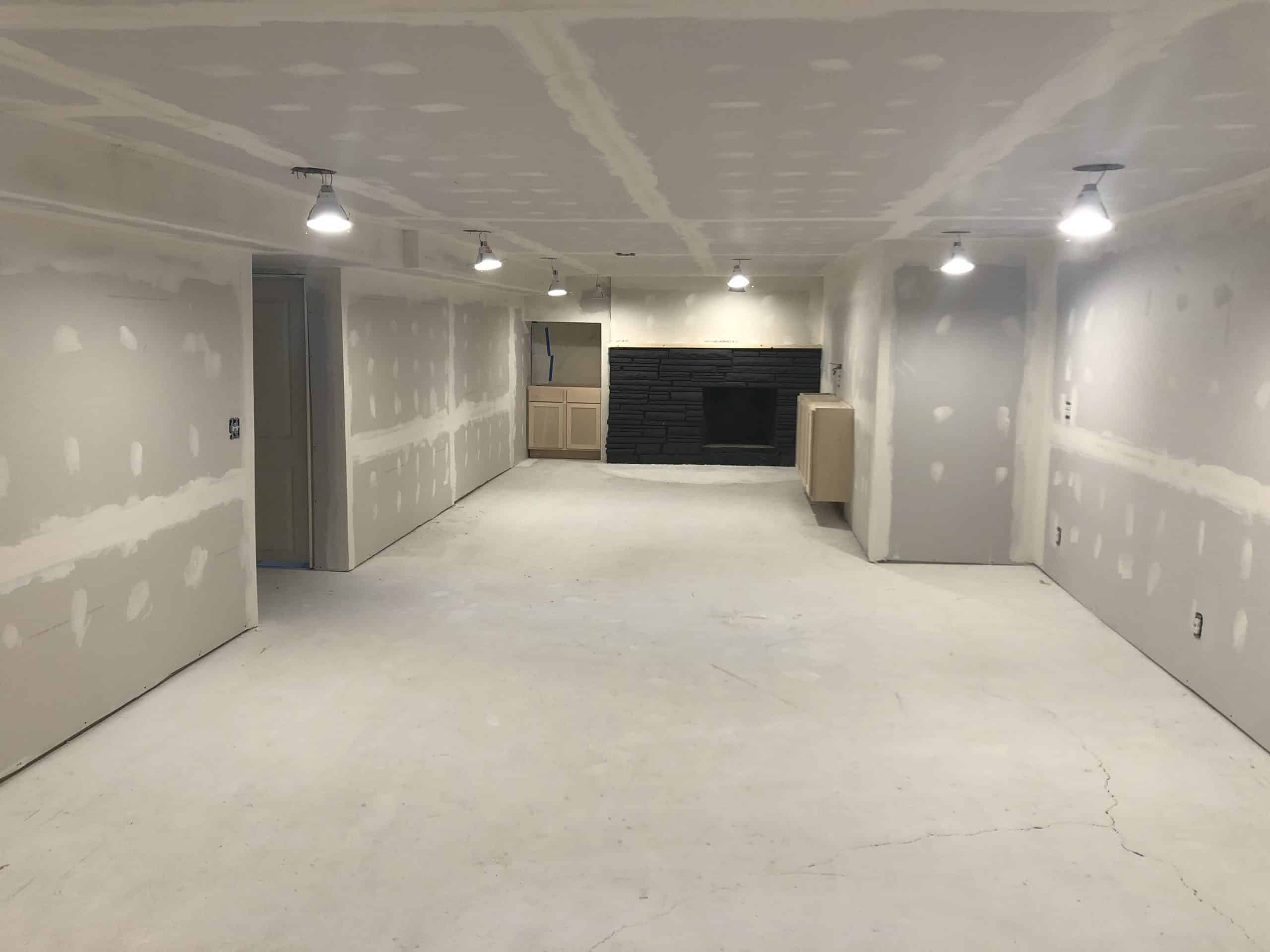
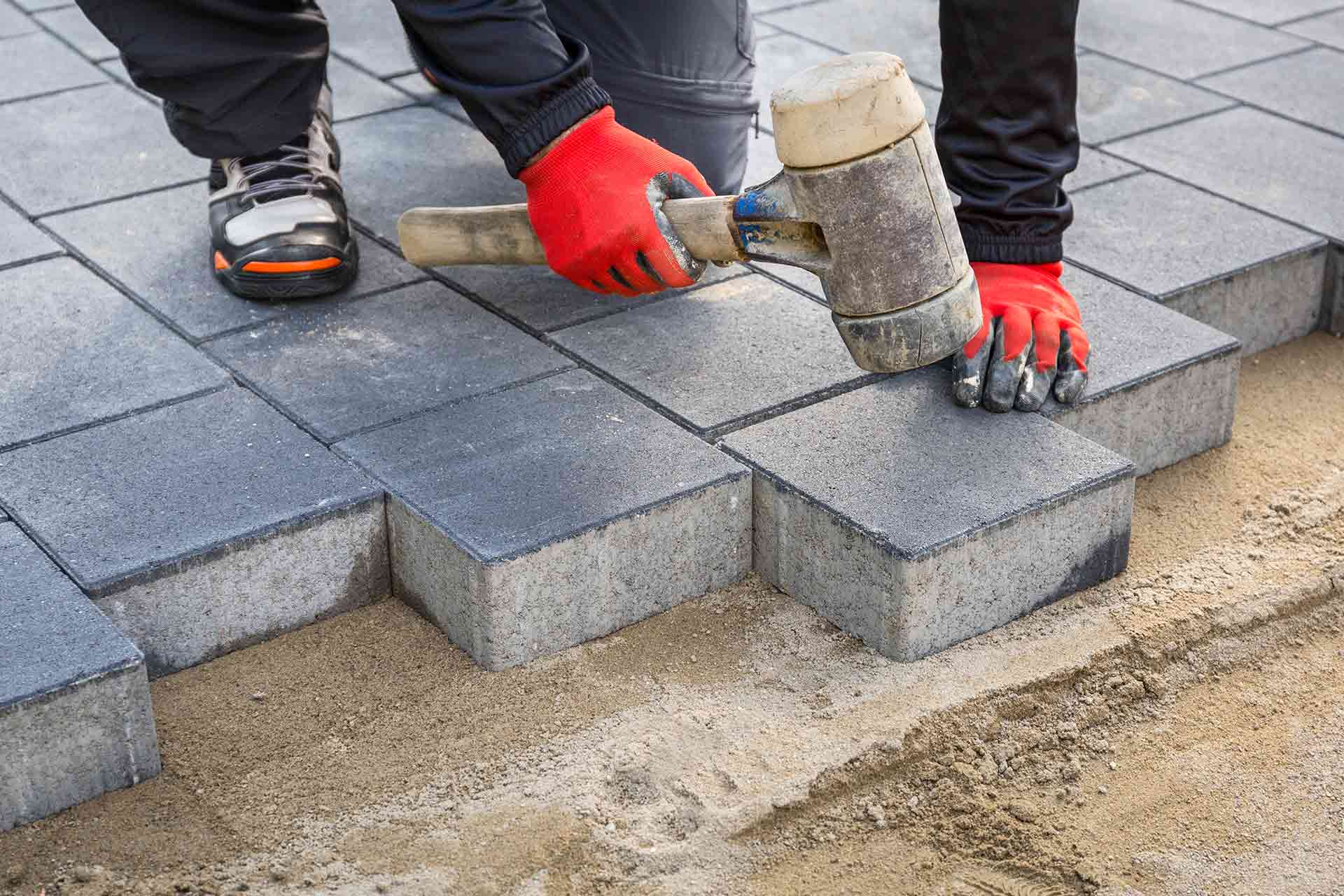
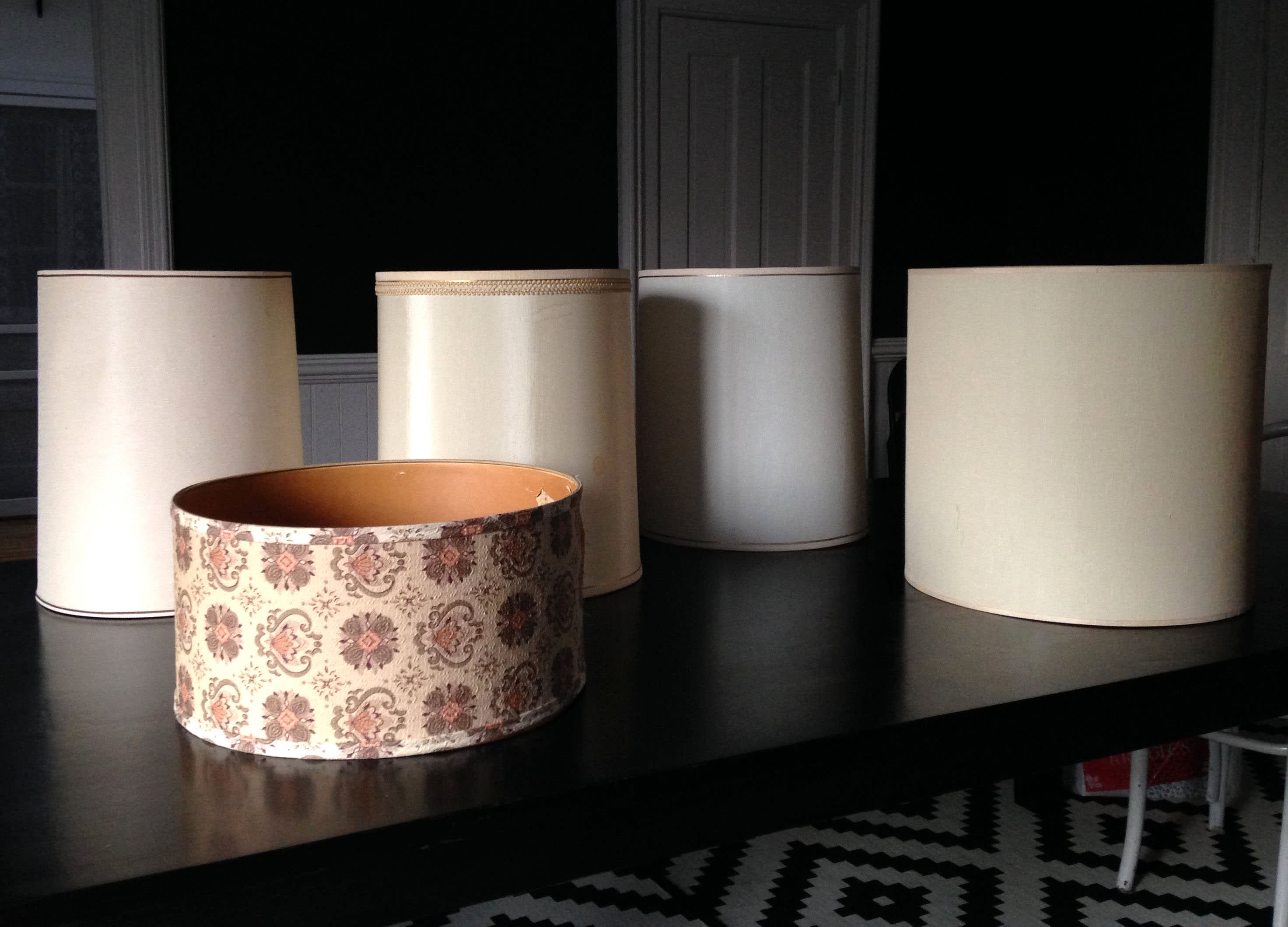

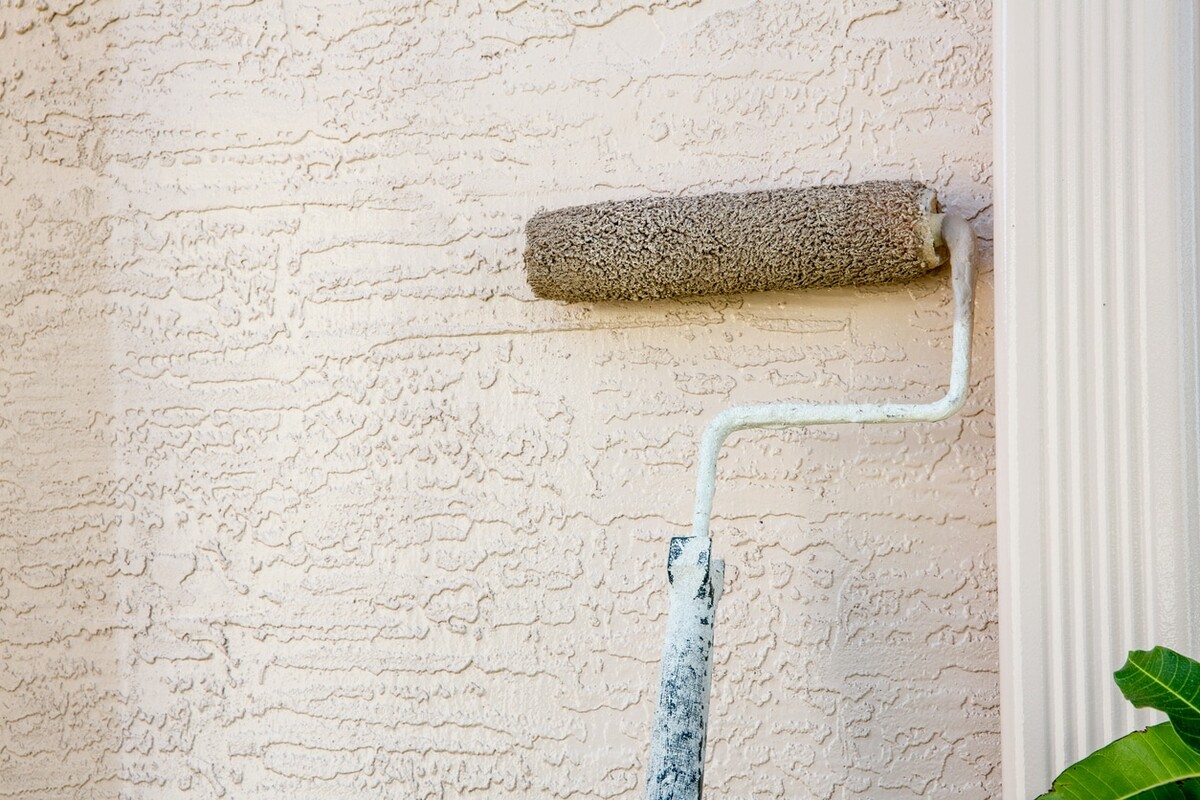
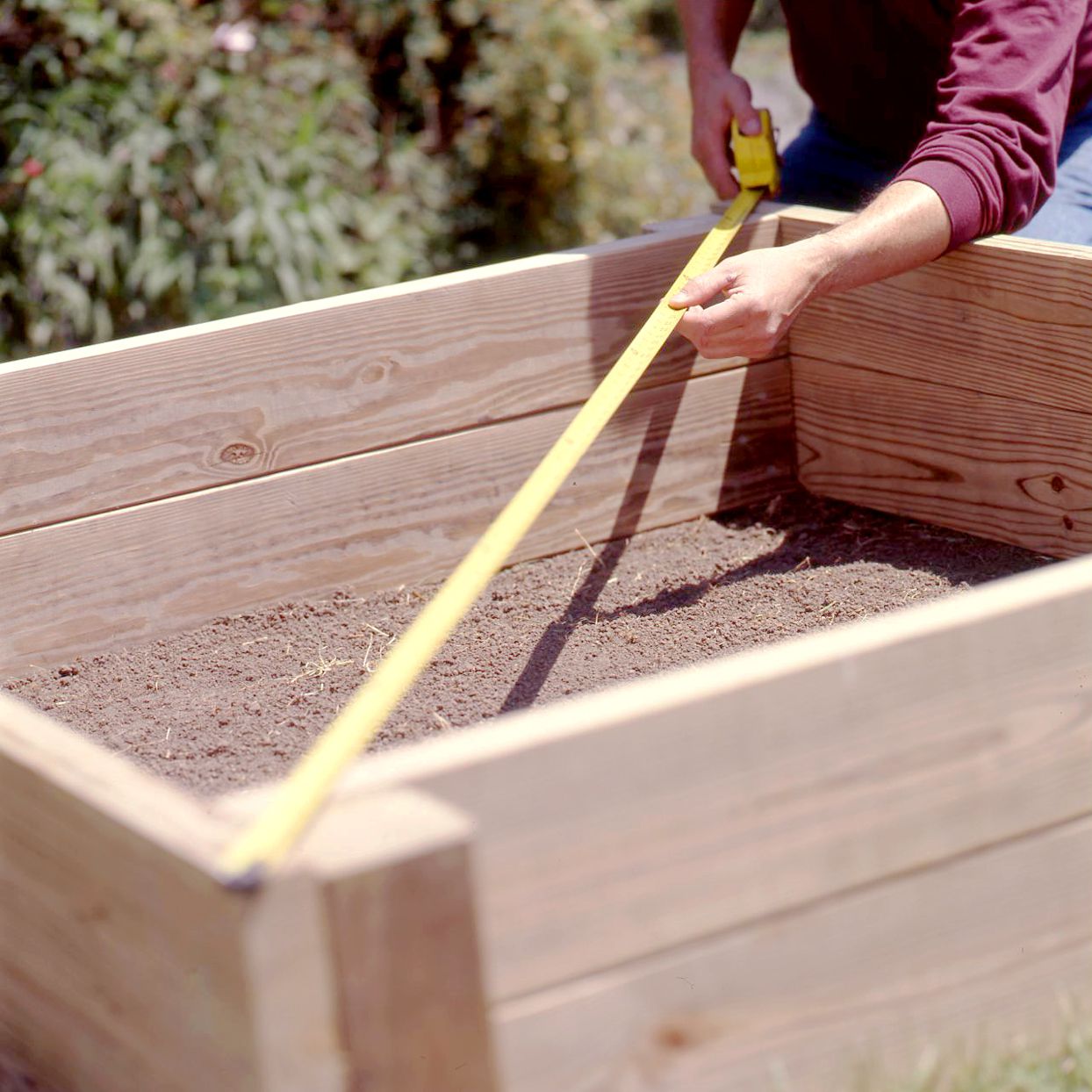
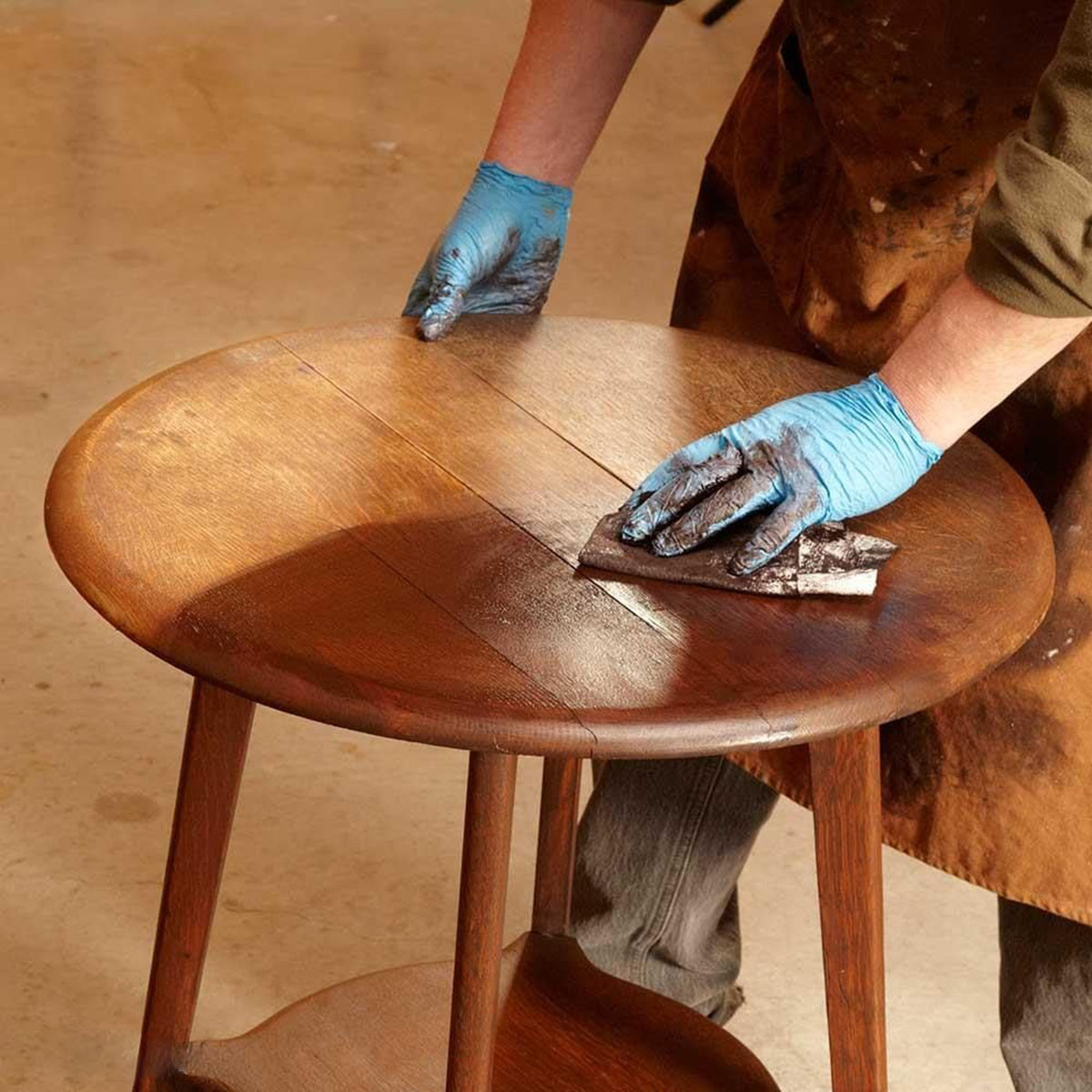
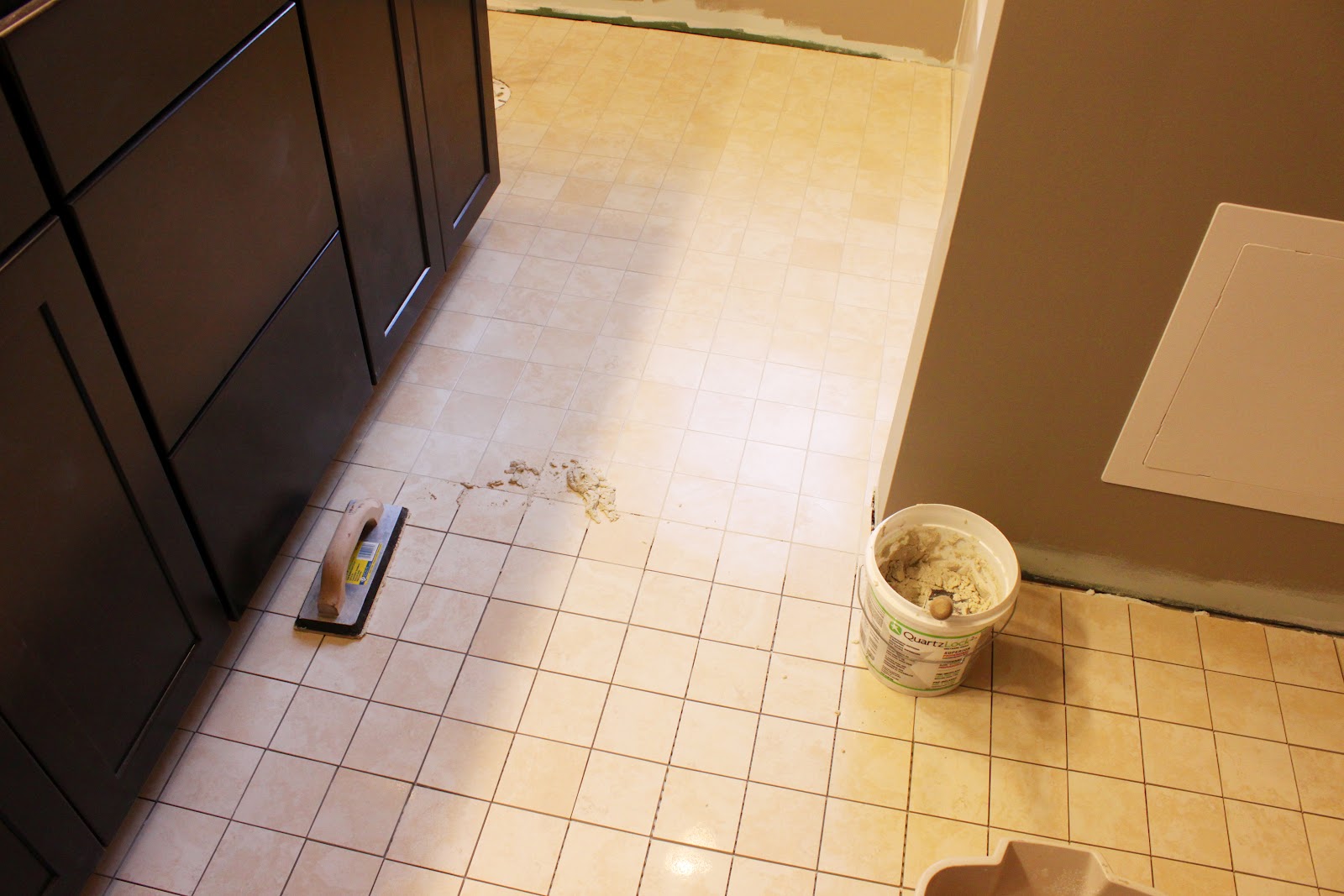
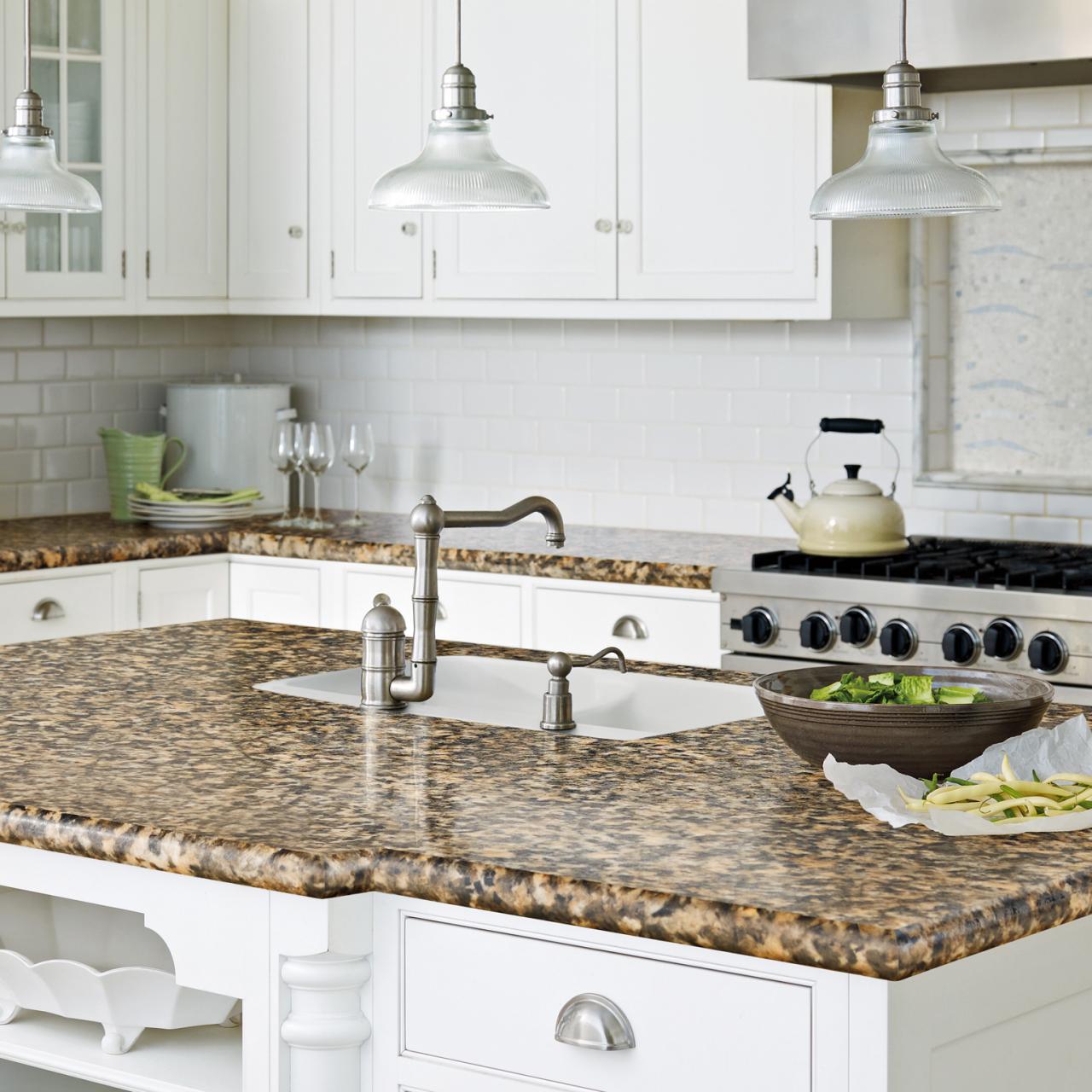
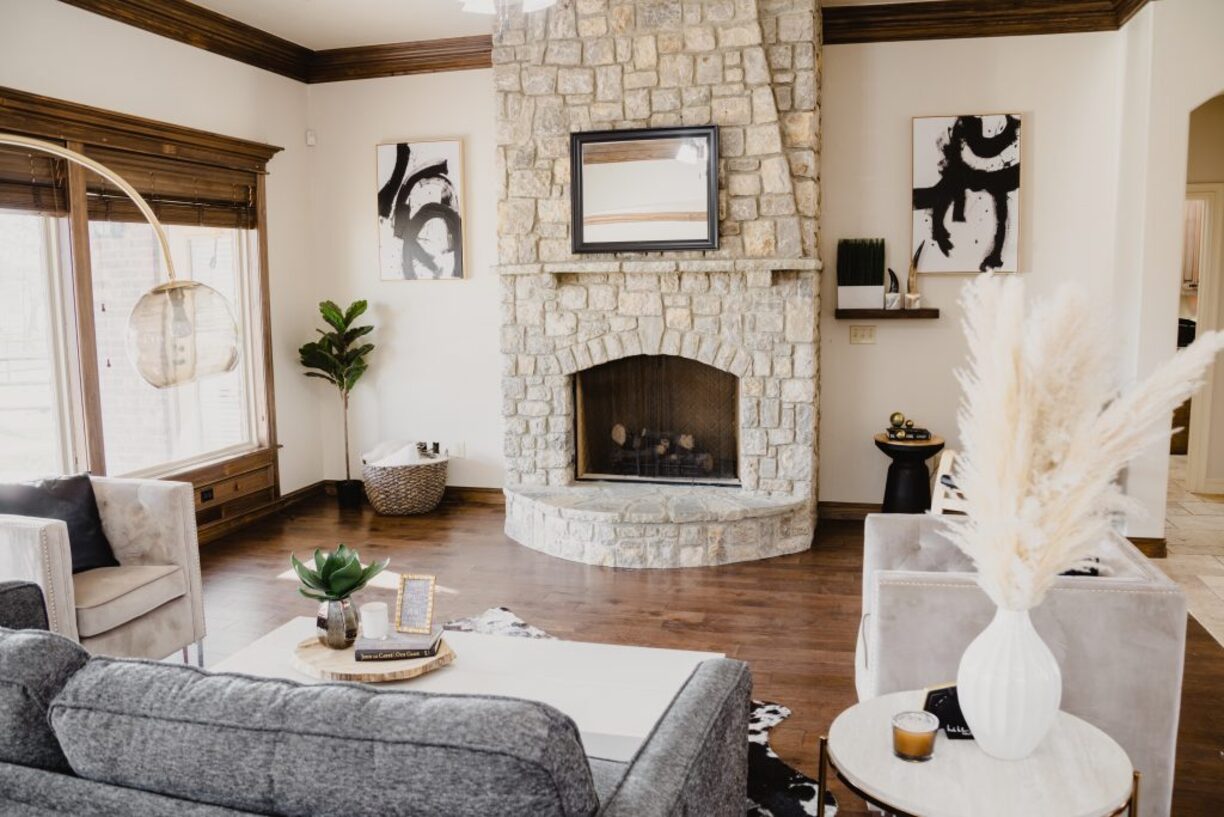
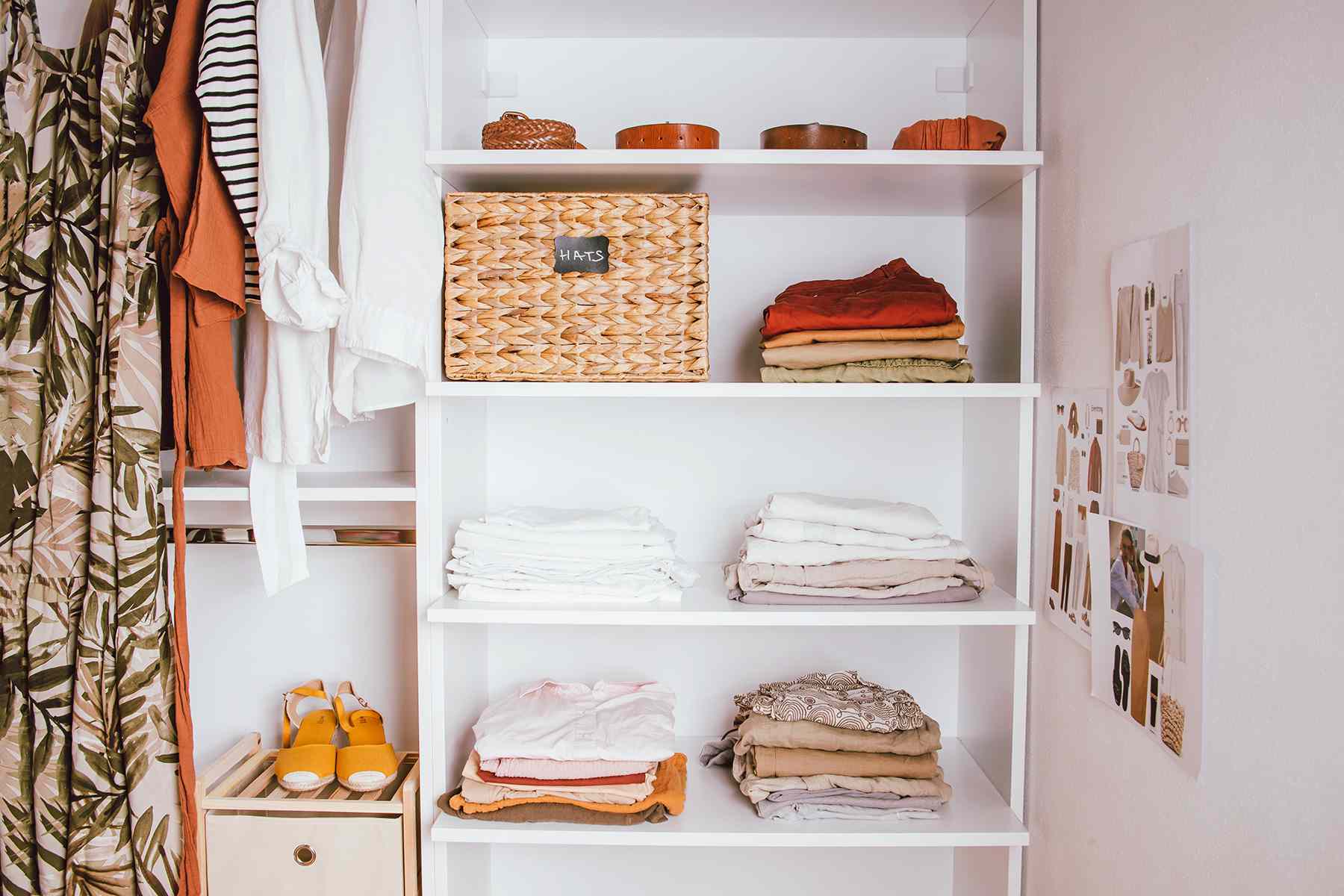
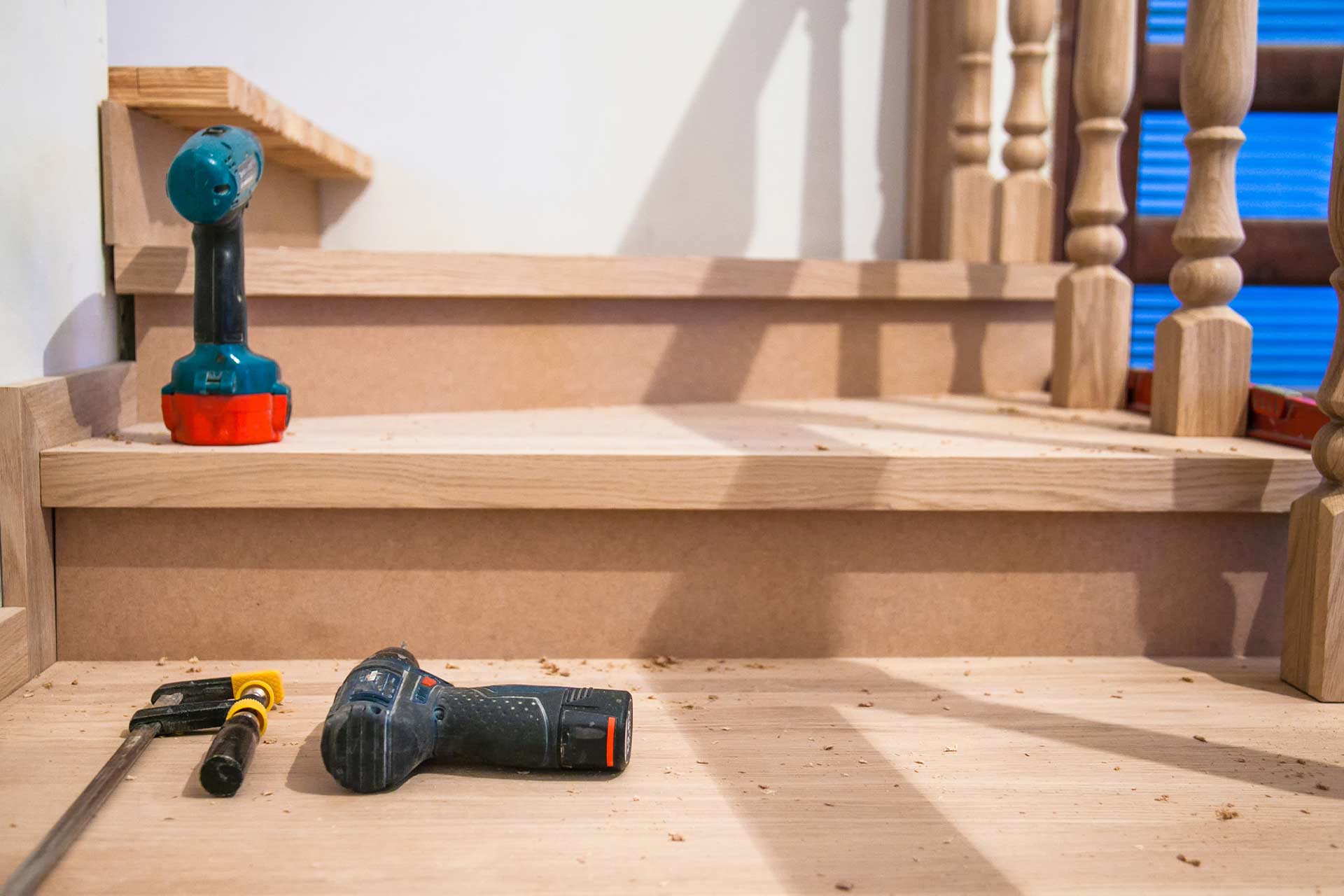

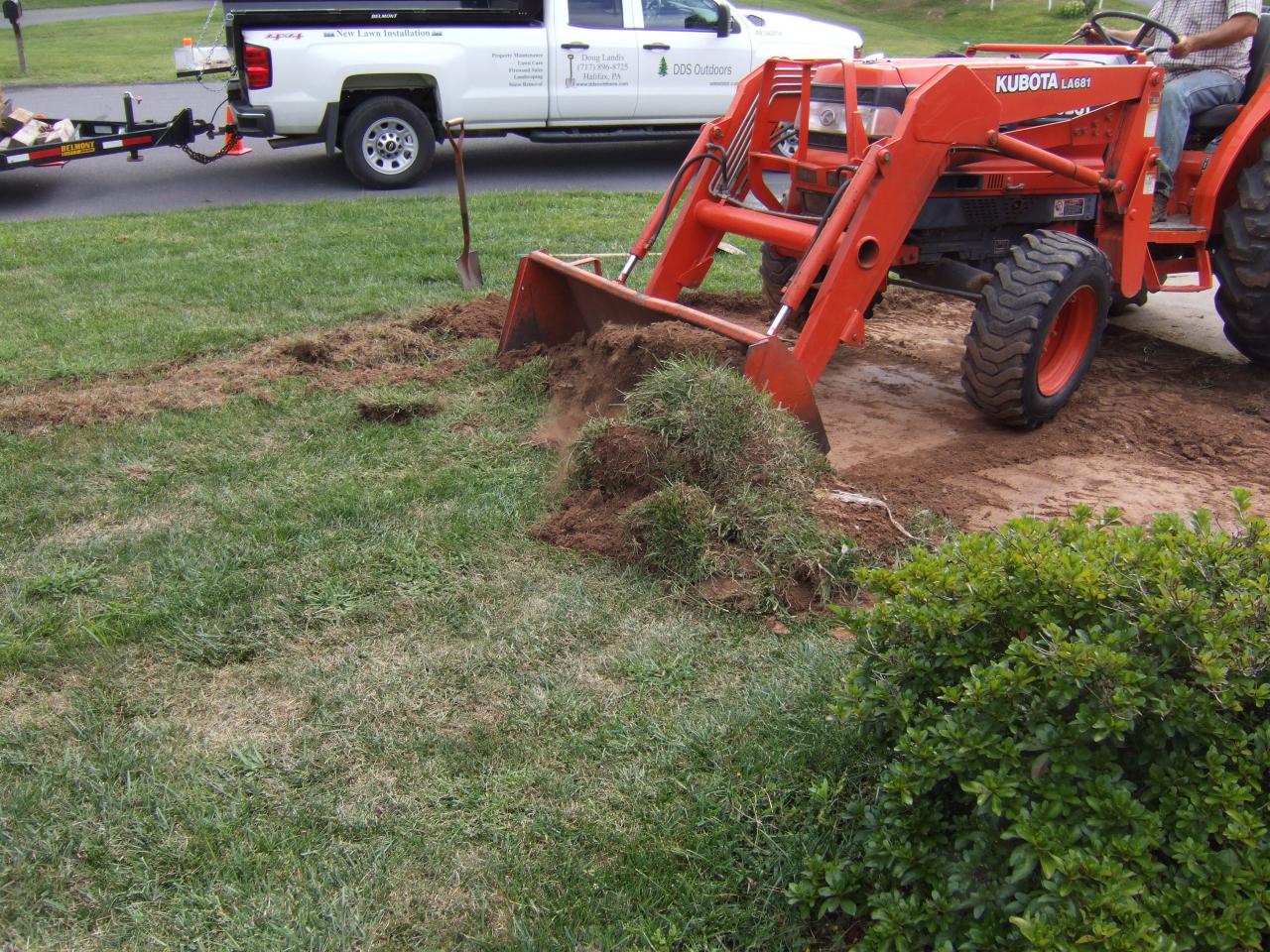

0 thoughts on “How To Redo Front Landscaping”